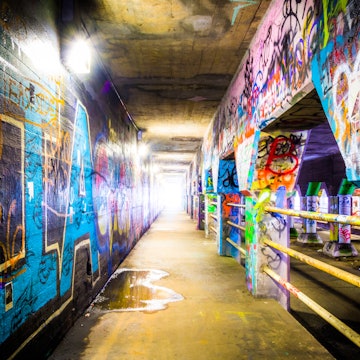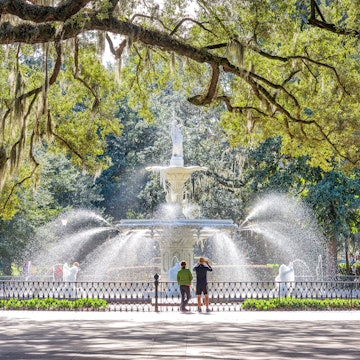

Choose the perfect time for your trip to Atlanta. Sean Pavone/Shutterstock
Atlanta has always been an electrifying city, but in the last 20 years, it’s morphed itself into a cultural capital of not only the South, but the United States.
The city is in the middle of one of its greatest population booms, yet it hasn’t forgotten where it came from. Outdoor dining patios of trendy restaurants look out over people strolling through historic cemeteries. Monuments displaying the evils of the area’s confederate past are now outnumbered by murals of civil rights icons who thrust the city in favor of humanity. Atlanta’s downtown is home to Coca-Cola – the world’s ubiquitous soft drink, created in Atlanta in 1886 – and surrounded by one of the country’s largest urban redevelopment projects, the Beltline trail.
There’s no one reason why Atlanta is a popular place to visit. So while fall is a prime time with its cooler temperatures and energetic buzz, you'll find plenty of fun here year-round. Pick the best time for your visit to Atlanta with this seasonal guide to crowds, events and climate.
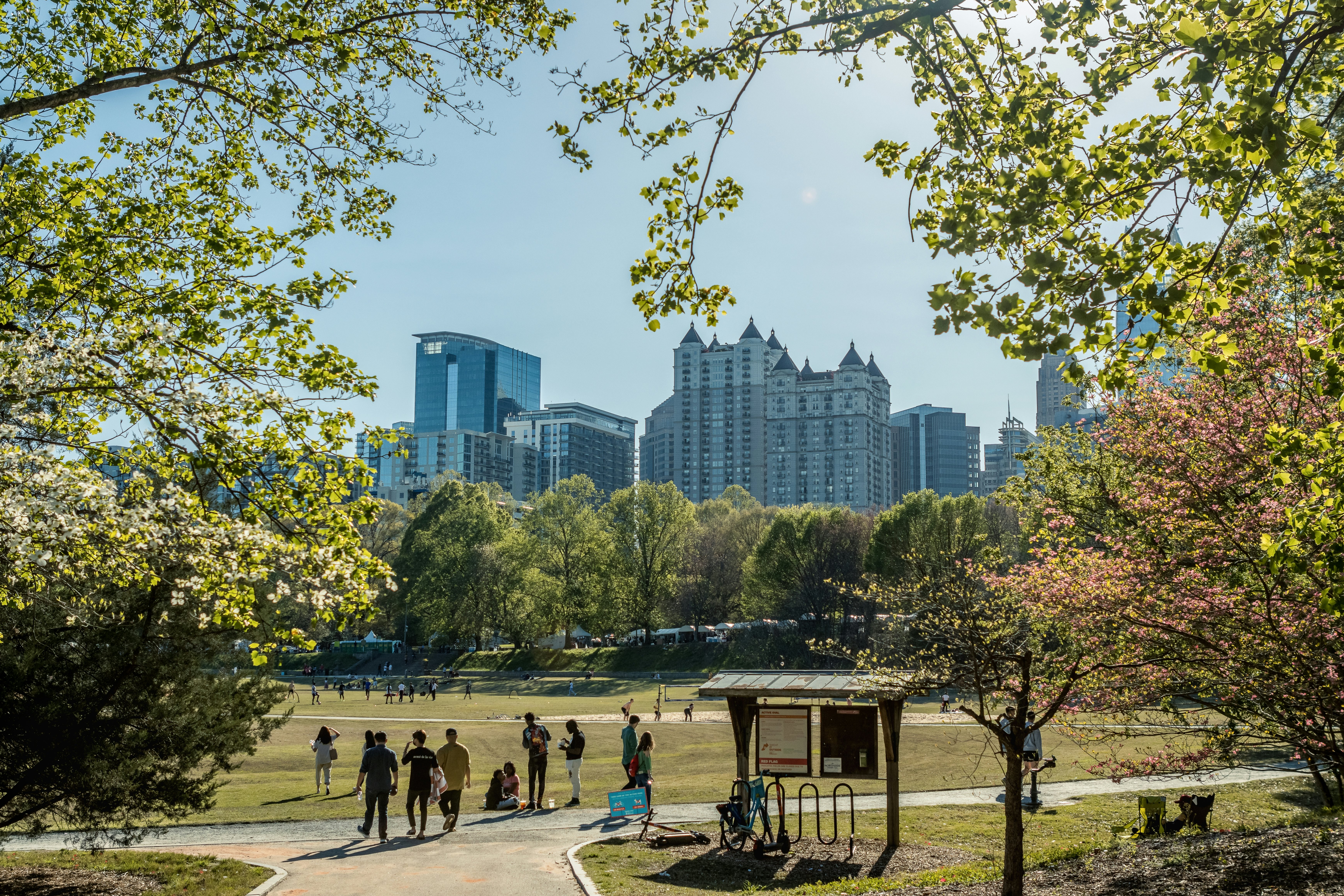
Peak season is the best time for fun festivals
May through August, which is late spring and all of summer, is the busiest time to visit Atlanta. The city comes alive with many of its biggest annual events, including the Dogwood Festival in Piedmont Park, May’s Shaky Knees music festival in Central Park, a large Juneteenth parade and music festival, and Dragon Con in late August. The longer days and hot, humid daytime temperatures of summer (easily reaching 90°F) soften into 70°F evenings packed with nightlife. Expect higher hotel prices and bigger crowds.
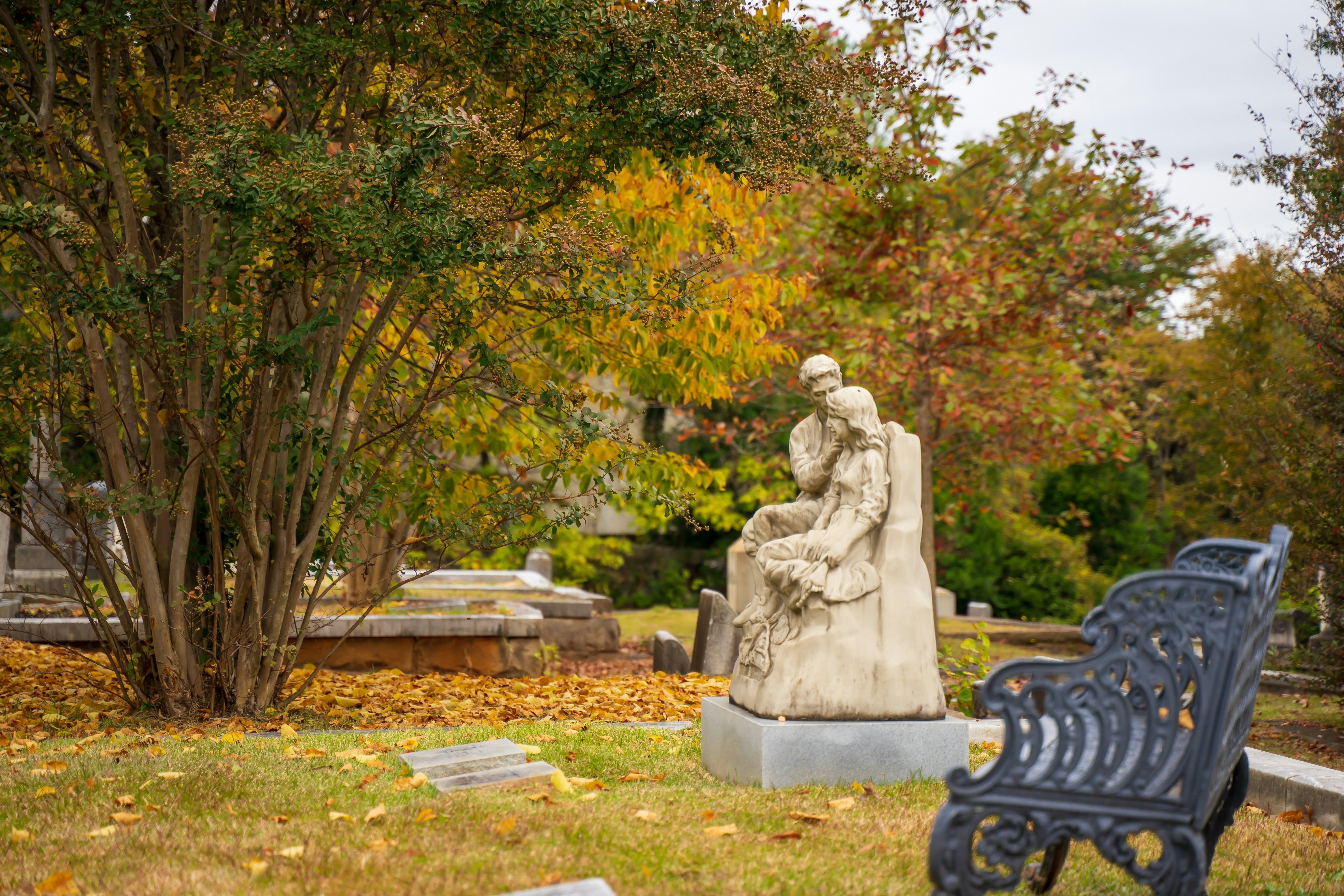
Fall is ideal for apple-picking and fire pits
Most Atlanta area schools start their school year in early August, so the weekday events of summer have wrapped up as local students get back to their routine. By the time September comes each year, Atlanta locals are eager for the temperatures to cool down by 10 to 15°F to an average in the mid-80°Fs. When the humidity of summer starts to subside, people begin to feel energized by the cooler temperatures and there's electricity in the air.
College football season is in full swing, and stadiums and local bars fill with fans cheering on their favorite teams. Atlanta families with small kids rush to the north Georgia mountains to pick apples and take fall pictures. Friends gather in backyards to chat around fire pits. The peak season for tourists has passed, so outside of college game days and Atlanta Pride weekend in October – which attracts 300,000 people to celebrate – coming to Atlanta in the fall will mean lighter crowds.
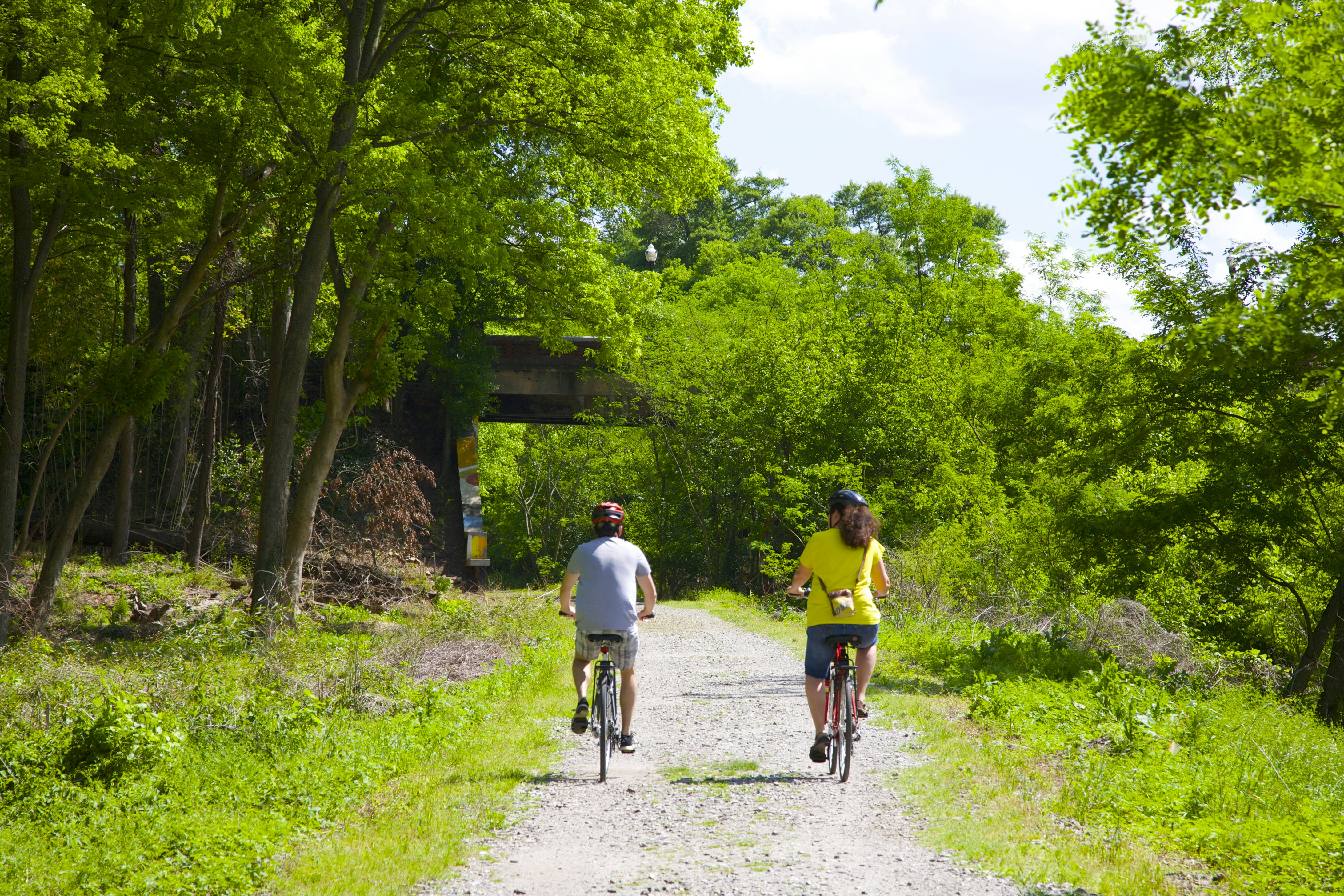
January through April is perfect for budget travelers
Once the winter holiday season has passed, the slowest tourist season for Atlanta sets in. Visitors from northern states may not agree that low temperatures in the 40°F range are cold, but to Atlanta residents – even those who’ve previously lived in colder climates – there are temperatures above freezing that’ll still make us say, “It’s freezing outside!” At this time, there aren't any outdoor events, but there’s still plenty to do indoors. A winter visit is ideal for budget travelers, since hotels will offer their most competitive rates during the low season.
By March and April, temperatures warm up to daytime highs in the 60°Fs and 70°Fs. Atlanta neighborhoods are beautiful as their tree-lined streets flower, but everything gets covered in a thick blanket of pollen. Atlanta unofficially kicks off the outside season with parties and DJs at 404 Day, on April 4, an ode to the city’s main area code.










